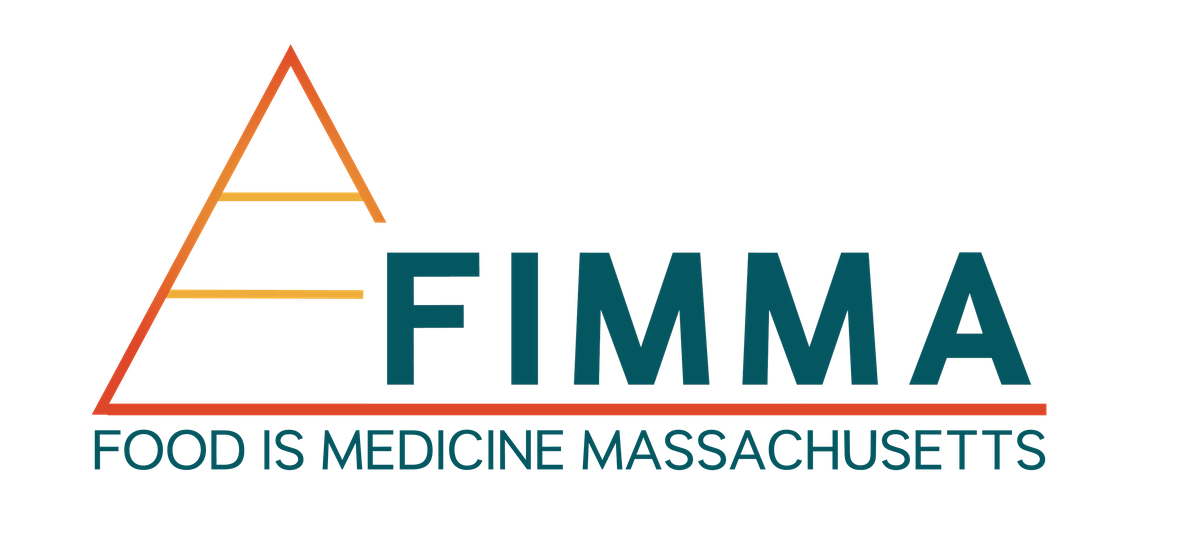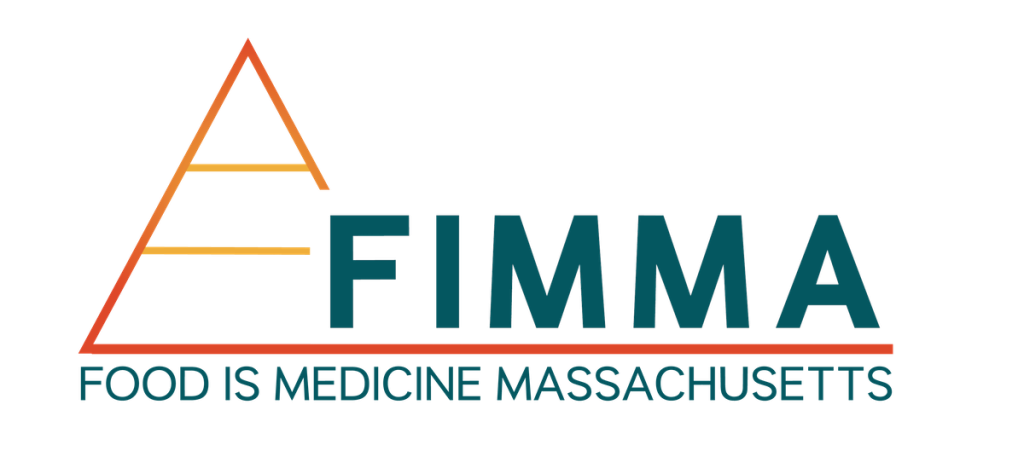Massachusetts Food is Medicine Priority Area Analysis
To better understand the current Food is Medicine landscape in Massachusetts, we used ArcMap geospatial information systems (GIS) software to map the current need for these interventions across the state. Given that Food is Medicine interventions aim to improve diet-related health outcomes and often target low-income or vulnerable patients, three factors were identified that indicated the need for Food is Medicine interventions:
A high level of food insecurity
A high burden of chronic diseases associated with food insecurity
A lack of accessible and reliable transportation
The Massachusetts Food is Medicine Needs Assessment considers data on food insecurity from Feeding America’s 2016 Map the Meal Gap, vehicle access from the 2012-2016 American Community Survey, and thirteen diet-related chronic diseases from BRFSS, MDPH HIV/AIDS Surveillance Program, Massachusetts Acute Care Database, and the Massachusetts Cancer Registry. Diseases were determined through a literature review and included obesity, diabetes, poor mental health, asthma, cardiovascular disease hospitalizations, stroke hospitalizations, HIV/AIDs, prostate cancer, ovarian cancer, lung and bronchus cancers, colon and rectal cancers, breast cancer, and leukemia. The Food is Medicine Priority Level analysis used a weighted sum model that weighted food insecurity and overall diet-related chronic disease burden scores as 2 each and vehicle access as 1.
See Spatial Analysis Technical Brief for methods and sources.
Regional Snapshots
Click through regions below to explore local Food is Medicine considerations:
Northeastern MA

